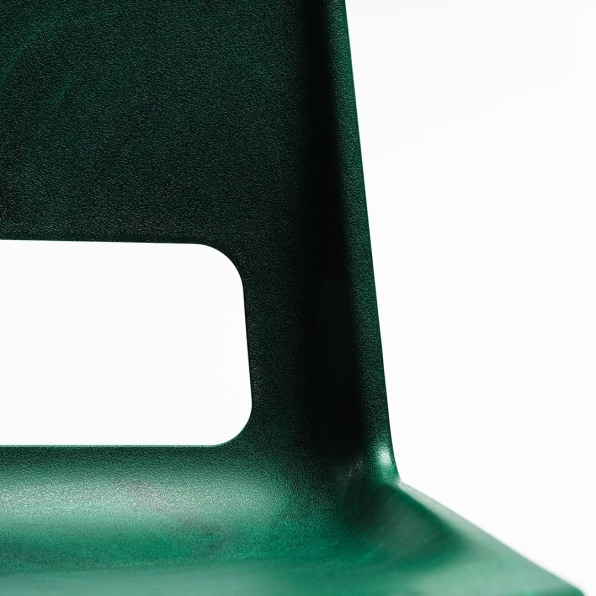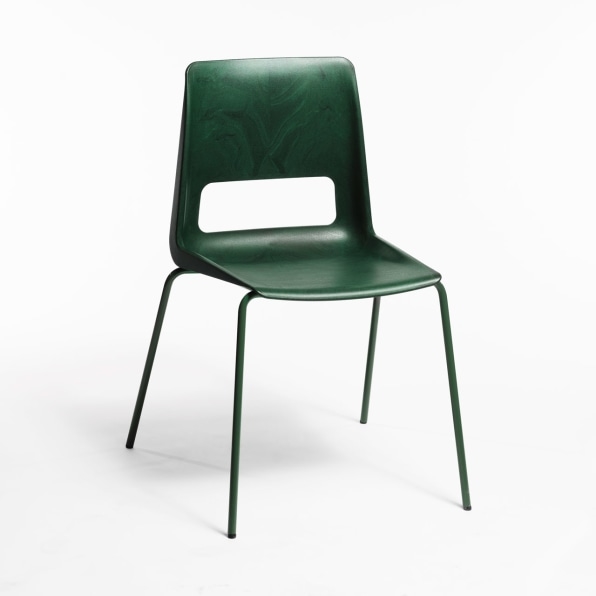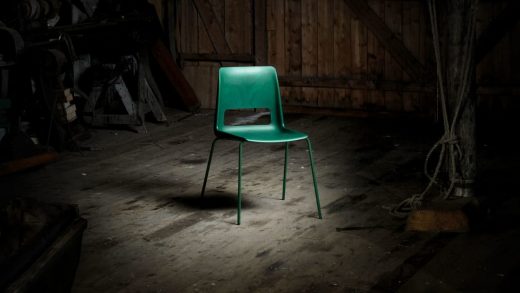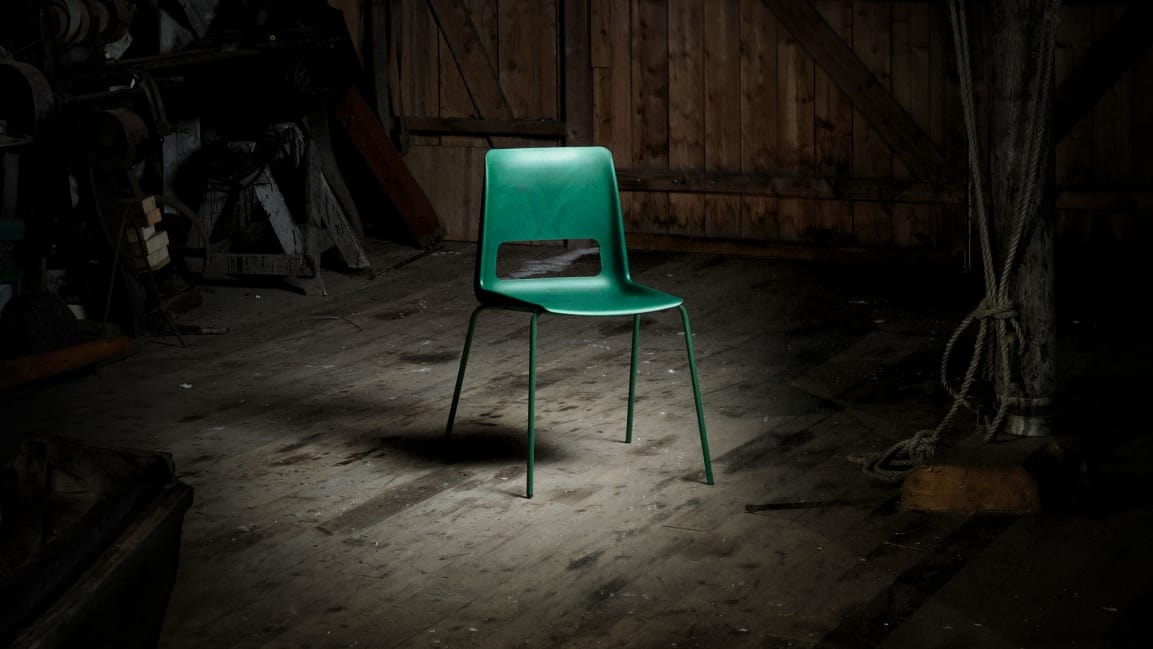This chair made from ocean waste hints at the furniture of the future
The chair is a stunner. It’s a deep emerald green, with luxurious swirls of marble. Despite its modernist lines and plastic body, it looks opulent.
Would you ever expect this chair costs just $100? And it was made from recycled ocean nets?

This is the S-1500 chair, developed by the architecture and design firm Snøhetta for the furniture producer Nordic Comfort Products (NCP). Its development can be traced back two full years ago–well before the world freaked out about plastic straws–as Snøhetta opened a small lab in Norway to experiment with recycled plastic as a building material. The lab wasn’t much more than a plastic grinder and injection molding machine, but Snøhetta architect Stian Ekkernes Rossi wanted to reconsider discarded plastic as something more precious rather than disposable–to understand its strengths and weaknesses.
NCP got wind of the work after reading one of Rossi’s articles on his research, and hired Snøhetta to redesign one of its most successful chairs. The R-48 and its line of chairs for schools and offices, originally designed in the 1960s, had sold over 5 million units in Norway alone. But it required virgin plastic.
“They wanted to know, ‘How can we not just talk about the circular economy, but really do it?” says Rossi. Working with labs across the country, the two partners learned a lot about the vastly different compounds that constitute plastic. But they also discovered that, only a little outside the factory where R-48 chairs were produced, the local farmed salmon industry would frequently wear out plastic components like its fishing nets, and it would actually need to pay a service to collect and dispose of them.
As they say, one man’s trash is another man’s treasure. Rather than import plastic from China, which is what the company did previously, NCP found it could harvest viable used plastic from businesses inside just a 12-mile radius.
“One of our goals was to do a project to inspire and show the industry that you can actually make businesses out of what they today consider as trash,” says Rossi. “Through design and architecture, plastic becomes a resource.”
The nets are not only ground down plastic pellets to create new chairs inside injection molding machines; they have green, yellow, and dark blue hues that combine beautifully. “We use no dye whatsoever,” says Rossi. “I refuse to add any color. We should use whatever we get from the fishing net.”

The marble pattern was developed inside Snøhetta’s lab by using a specific sequence to feed the plastic pellets into the mold. The pattern never comes out exactly the same, which means the chair is a mass-produced, yet bespoke product. As for its silhouette, Snøhetta took the liberty of streamlining the design. The R-48 has something of a frumpy posture. Its seat rests atop a prominent metal base, while the S-1500 has recycled steel legs that seem to blend right into the plastic frame. An all-around improvement, the S-1500 will replace the R-48 in production.
Perhaps what’s most compelling about the S-1500 isn’t that it’s a chair built simply from a political or environmental standpoint. It’s just logical, good design to maximize the potential of any material–let alone one that’s so abundant.
Snøhetta isn’t the only company looking at repurposing ocean plastics into sought-after products. Furniture companies like Yardbird and Vepa both offer select items made out of ocean plastic. Ikea announced plans in 2018 to build ocean plastic into its resource pipeline. And Adidas has been an early pioneer in this space, turning ocean waste into performance footwear with its Parley line of tennis gear.
But dealing with our global pile of plastic is a larger problem than any one sector or company can handle on its own. “When you use plastic for certain things that are meant to last, it’s a wonderful material,” says Rossi. “When you misuse it in products with a short life-span, it’s a misunderstanding of the material’s capability.”
The S-1500 chair will go on sale later this year.
[Video: Kjetil Andersen/courtesy Snøhetta]
(60)



